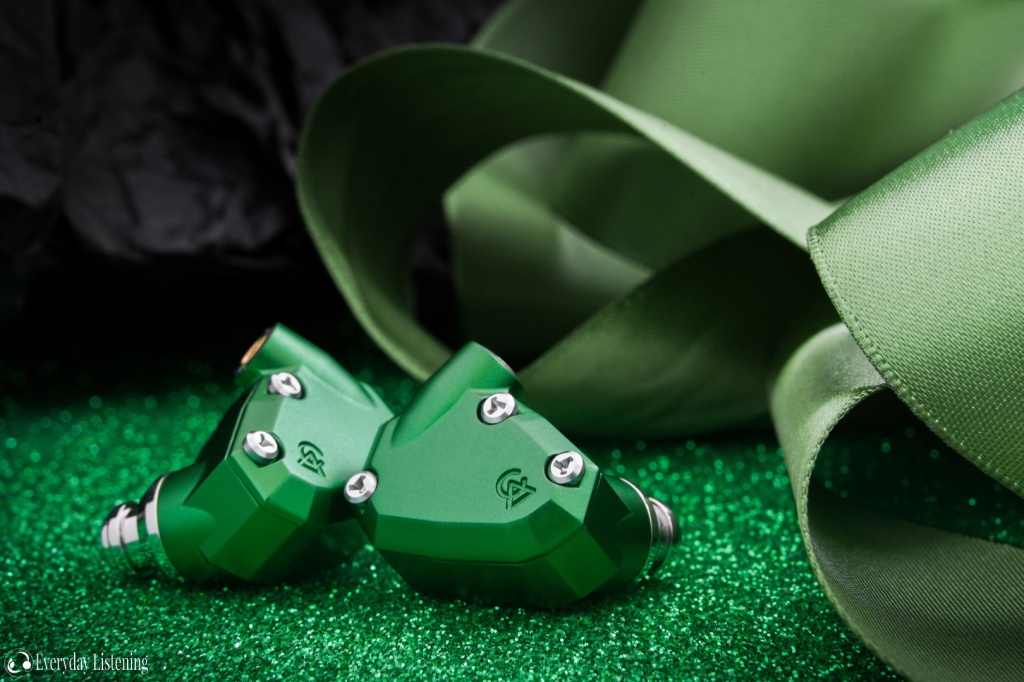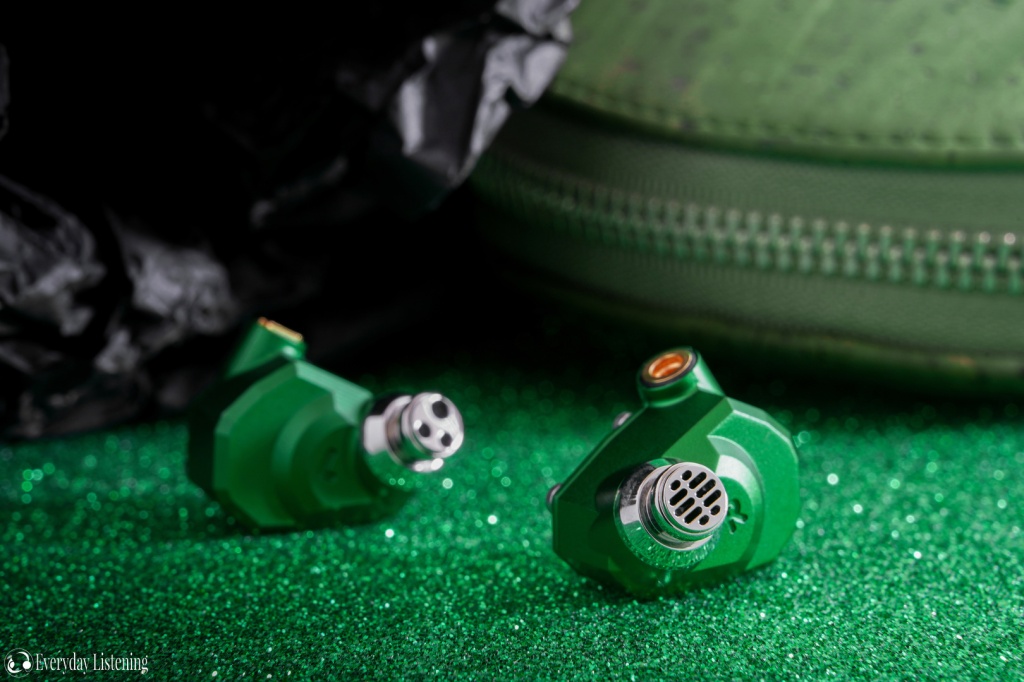-
×
 Easy Groove Spray&Wipe vinyl records cleaner
1 × €25.00
Easy Groove Spray&Wipe vinyl records cleaner
1 × €25.00 -
×
 Easy Start Vinyl Records Cleaning Kit
3 × €40.00
Easy Start Vinyl Records Cleaning Kit
3 × €40.00 -
 Easy Groove Spray&Wipe vinyl records cleaner
3 × €25.00
Easy Groove Spray&Wipe vinyl records cleaner
3 × €25.00 -
 Vinyl Records Cleaner Easy Groove Concentrate
3 × €25.00
Vinyl Records Cleaner Easy Groove Concentrate
3 × €25.00 -
×
 Audiophile Vinyl Records Cleaning Bundle
1 × €40.00
Audiophile Vinyl Records Cleaning Bundle
1 × €40.00 -
 Vinyl Records Cleaner Easy Groove Concentrate
1 × €25.00
Vinyl Records Cleaner Easy Groove Concentrate
1 × €25.00 -
 Easy Groove Enzycaster - vinyl records prewash cleaner
1 × €25.00
Easy Groove Enzycaster - vinyl records prewash cleaner
1 × €25.00 -
×
 Vinyl Records Cleaner Easy Groove Concentrate
1 × €25.00
Vinyl Records Cleaner Easy Groove Concentrate
1 × €25.00
Pros –
Class-leading build quality and industrial design, Balanced and coherent signature, Extended and sparkly top-end, Very wide soundstage with holographic imaging
Cons –
Obviously coloured tone won’t suite all, Angled housings may cause issue for some
Verdict –
The Andromeda 2020 isn’t just a homage, but an entire overhaul that addresses the original’s weaknesses whilst compounding upon its core charm.
Introduction –
Campfire Audio was born in Oregon, USA from a passionate team of locals. They brought their expertise from ALO Audio while introducing new smarts for in-ear designs and incorporating local metalwork to achieve a stunning union of qualities. For many, the Andromeda was what really put them on the map, an IEM that impressed users and critics in all regards. It is a musical and unique earphone that is simply very engaging and easy to like. The model has been subtly refined over the years but never drastically altered. This changes with the new 2020 incarnation that makes use of 3D printed solid-body acoustic design to provide a new interpretation of Campfire’s original hit. The Andromeda 2020 promises a more balanced sound, sharper imaging and a more detailed presentation at the same competitive asking price.
The Andromeda 2020 costs $1099 USD, not a small cost, but very welcome in the sea of modern flagships costing multiples more. You can read more about it and treat yourself to a set on Campfire Audio.
Disclaimer –
I would like to thank Caleb from Campfire Audio very much for his quick communication and for providing me with the Andromeda 2020 for the purpose of review. All words are my own and there is no monetary incentive for a positive review. Despite receiving the earphones free of cost, I will attempt to be as objective as possible in my evaluation.
Specifications –
- Drivers: Dual Low BA, Single Mid BA, Dual High BA + T.A.E.C
- Housing: Machined Alu Shell, Anodized Emerald Green, Stainless Steel Spout
- Connectors: Custom Beryllium/Copper MMCX
- Frequency Response: 10Hz–28 kHz
- Sensitivity: 94 dB SPL @ 1kHz: 7.01 mVrms
- Impedance: 12.8 Ohms @ 1kHz Impedance
The Pitch –
T.A.E.C
Tuned acoustic expansion chamber is a 3D printed sound chamber for the 2 high-frequency balanced armature drivers. It’s a tubeless design mitigating the loss of extension and resonances of a traditional tube and damper system. It also provides the impression of a larger soundstage
3D Optimised Acoustic Construction/Solid Body
With a sophisticated driver array, it’s important to ensure all work in harmony. The Andromeda 2020 employs Campfire Audio’s new solid-body acoustic design whereby the drivers are arranged with a 3D printed array that gives them finer control over the sound output by each driver in addition to reducing resonances for an overall more refined and resolving sound.
Unboxing –
Campfire Audio always impress with their unboxing experience and the Andromeda 2020 continues suit. There’s a stunning foil-laminated sleeve that opens up in origami-like fashion to reveal a hard box inside. Here, buyers will find the sustainable cork carrying case in matching green. It has a faux shealing interior that feels soft and protective alongside a smooth metal zipper. The earphones are inside within one of CFA’s dual-compartment pouches that keeps the earpieces separate to prevent scratches.

There are an additional 2 of these pouches, one containing 3 pairs of CFA silicone tips, one holding 3 pairs of foam tips. A separate bag contains 5 pairs of Final Audio E-tips that were my preferred option. They offer a flexible sound tube for a slightly more personalised fit and deliver an especially coherent sound too. The extra cases are very welcome as they can be used on other IEMs too and are very pocketable. Campfire Audio score bonus points with their inclusion of a metal pin and cleaning tool.
Design –
I think most readers will be acquainted with Campfire Audio’s legendary milled aluminium BA shells. The Andromeda 2020 continues this legacy, in signature emerald green with silver nozzle and faceplate screws – a timeless combination. However, as compared to the 2018 Andromeda, the only other variant I also have on hand, the finish is noticeably smoother, the edges more refined and general fit and finish a step up even from the class-leading examples of industrial metalwork that came before.

Indeed, the sharp edges are now subtly rounded, the colour a shade lighter and the finish more even. The rounded MMCX block and milled perimeter that possessed clear ridges on the previous models are now flawless; simply a more refined aesthetic with the same tough angulation and loads of character. The nozzle has been changed, not in dimension, only design; the 3 bore design superseded by a grill similar to that on the Atlas and Ara. However, all the highlights users otherwise enjoy remains.

Up top are the same reinforced Beryllium MMCX connectors and, as always, they provide an especially confident click and very low tolerances. The cable is the smoke jacket variant as seen on the 2019 CFA models and newer. It has a softer jacket than their previous models and a twisted as opposed to square braid in addition to pre-moulded ear guides over memory wire. The result is a more supple and easily conforming cable, it is lighter and more comfortable. The same high-quality right angle plug remains and the internals are Litz SPC as well but with double the strand count that aids both ergonomics and sonic performance.
Next Page: Sound, Comparisons & Design
The post Campfire Audio Andromeda 2020 Review – Return of the King first appeared on The Headphone List.

 Easy Start Vinyl Records Cleaning Kit
Easy Start Vinyl Records Cleaning Kit  Vinyl Records Cleaner Easy Groove Concentrate
Vinyl Records Cleaner Easy Groove Concentrate  Audiophile Vinyl Records Cleaning Bundle
Audiophile Vinyl Records Cleaning Bundle  Easy Groove Enzycaster - vinyl records prewash cleaner
Easy Groove Enzycaster - vinyl records prewash cleaner 